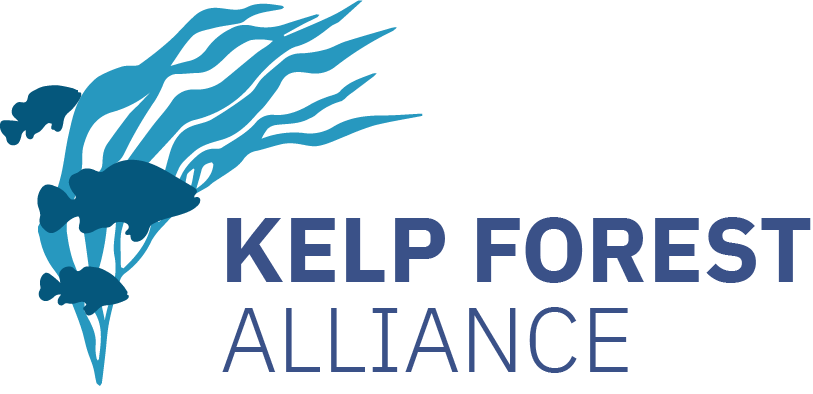Restoration Objective:
Restoration was undertaken to restore a historical kelp bed.
Site Selection Criteria:
A site was selected at Imperial Beach where a Macrocystis bed was present up until the 1940s.
Cause Of Decline:
The Macrocystis bed at Imperial Beach disappeared in the 1940's. The causes of decline are unknown, but kelp harvesting and overgrazing by fish and sea urchins may have contributed.




